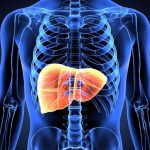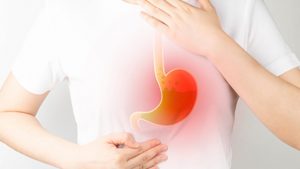
A growing number of U.S. kids are landing in hospital emergency rooms for a mental health crisis. Now a new study finds that many do not get follow-up care after they’re discharged. Experts said the findings, published Feb. 13 in the journal Pediatrics, are yet more evidence of the cracks in the nation’s mental health care system — especially when it comes to helping kids. Of more than 28,000 U.S. kids discharged from the ER for a mental health concern, only about half had a follow-up health care appointment within a month, researchers found. More than one-quarter were back in the ER within six months. The results are, unfortunately, no surprise, the researchers said. Past studies have illustrated the ways in which the system is failing kids in mental health crisis. “But this puts some concrete numbers on what we’re seeing in practice,” said lead researcher Dr. Jennifer Hoffmann, a pediatric emergency physician at Lurie Children’s Hospital of Chicago. Kids in mental health crisis can end up in the ER for various reasons. Sometimes they are suicidal or have intentionally harmed themselves. Sometimes they are having a panic attack or a serious behavioral issue. Sometimes they or their parents have nowhere else to turn for mental health help. For those families, Hoffmann said, the ER is a “safety net.” “This may be the first time… read on > read on >





































